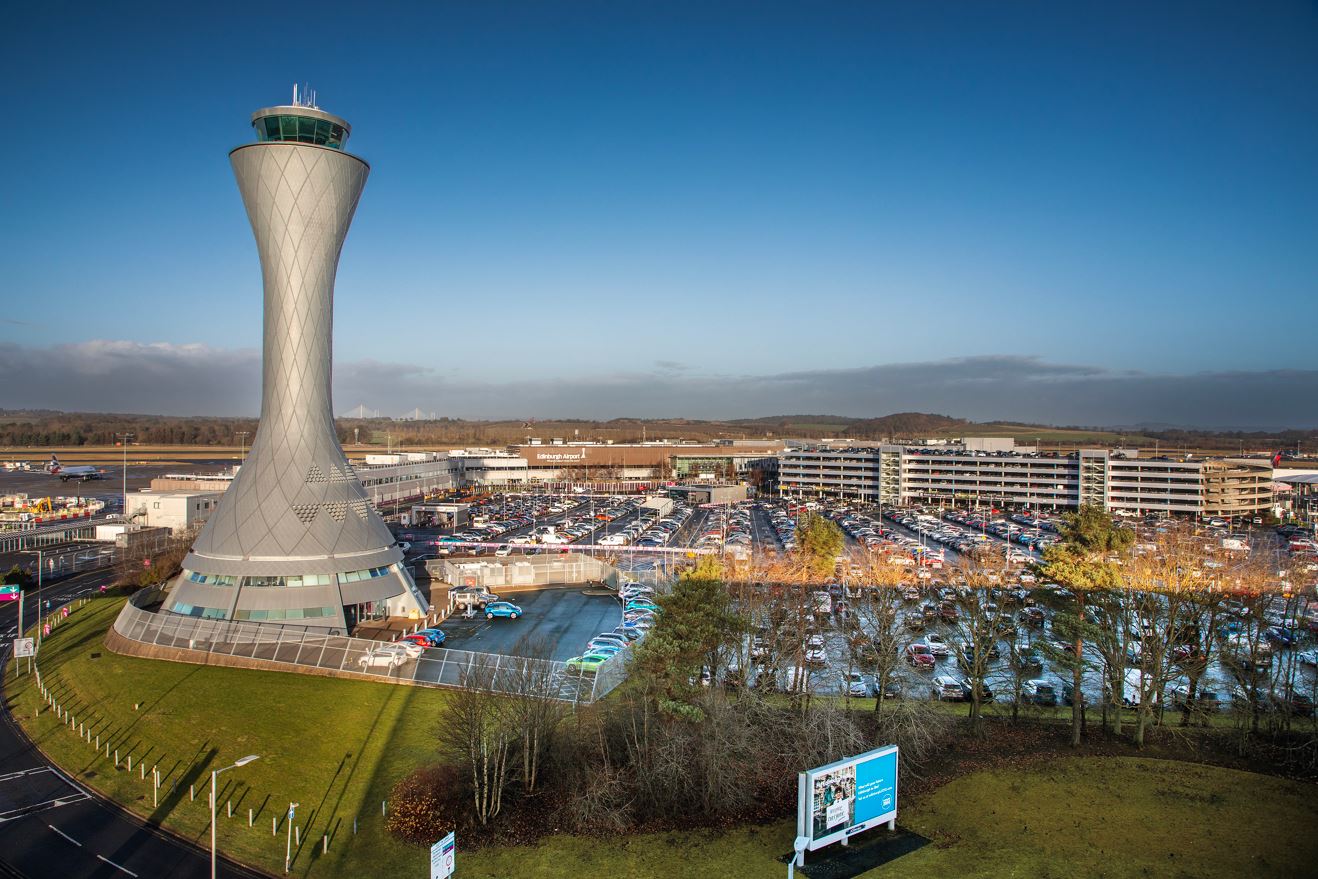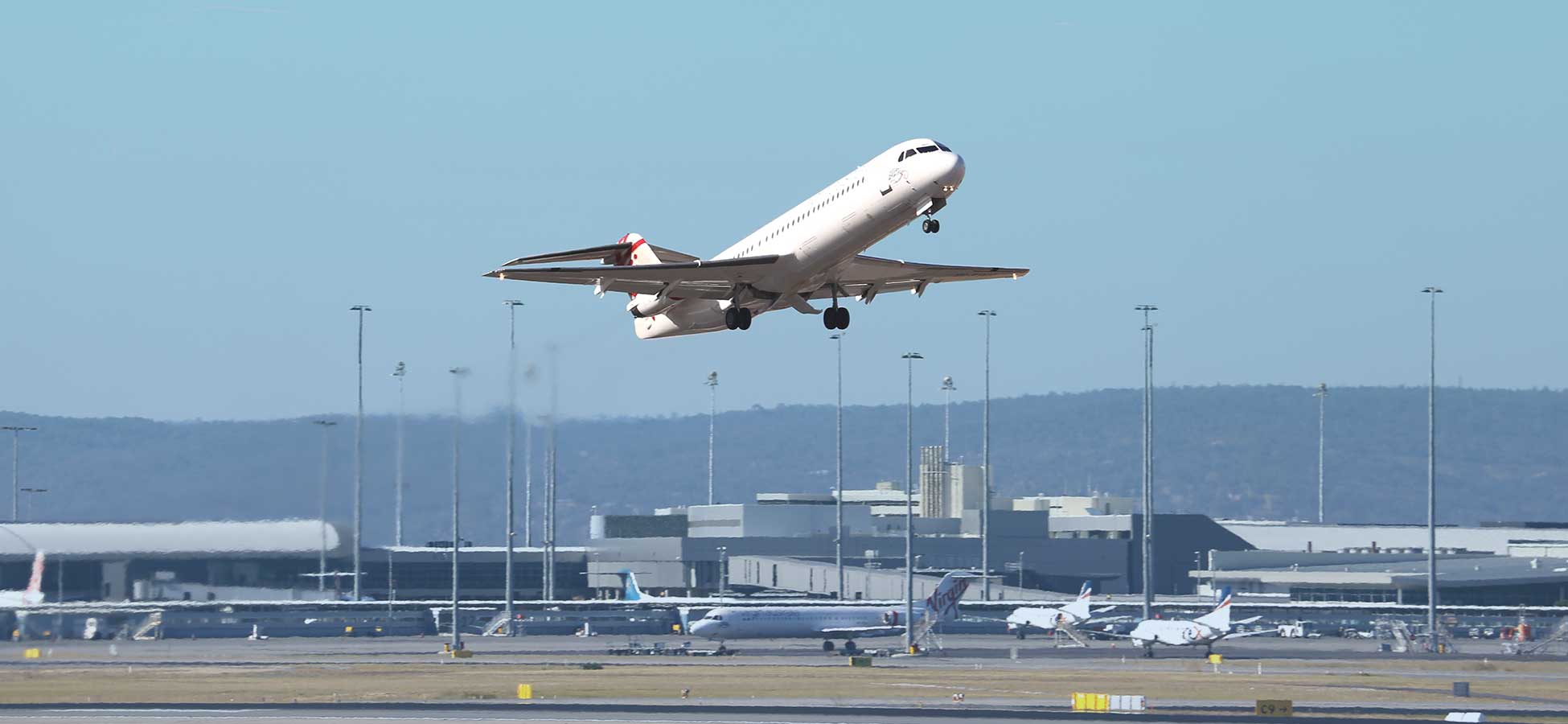With gate sharing between airlines increasing, airports are turning to intelligent automation systems to help them assign gates for the smoothest journey – and most efficient throughput.
As traveller numbers surge, airports are reconsidering long-term terminal leasing agreements with airline customers. Common-use terminals now account for a growing proportion of new infrastructure expenditure, offering a more efficient operational approach and better return on investment. However, accommodating the needs of multiple carriers and aircraft types in one terminal comes with challenges.
Proper gate management must consider flight schedule and availability, physical constraints, apron safety, service level agreements, airline preferences and the passenger experience. All this while maximizing usage and minimizing costs.
With such sophisticated planning considerations, airports need a smarter approach to decision-making. Intelligent automation can help optimize plans and accurately predict outcomes while, at the same time, understanding revenue implications.
Better planning for blue-sky days – and grey ones too
Intelligent automation, predictive insight, and what-if scenario models can streamline seasonal planning while offering role-specific, business-oriented recommendations to day-of-ops challenges.
Recommendations can vary according to the week, day, or time of day.
For example: Grouping flights by ground handler to accelerate peak-time turnaround
- Leveraging punctuality history to evaluate the risk of decreasing buffering
- Balancing peak-time remote stand use for aircraft with long layovers, with cost and availability of tows
- Reallocating late flights to stands once the impact on turnaround time or bussing availability is understood.
- Passenger comfort can also be prioritized, such as transit time and gate seating availability. Understanding the retail impact of gate allocations allows for resourcing decisions that increase passenger dwell time and spending during off-peak periods.
At Helsinki Airport, for example, where over 35% of departing passengers are in transit, gate walk times strongly influence stand allocations for flights with travellers on short connection times.
Streamlining resourcing, gate management and billing
The shift to common-use terminals also impacts finance teams responsible for generating airline customer invoices. In the new, more dynamic environment, an aircraft may use multiple different gates during a turn; how can airports ensure a fair “user-pay” approach to billing that reflects the actual cost of providing aeronautical services?
Fortunately, technology has the answer – directly linking resourcing and gate management to revenue management. This way, infrastructure usage can be captured in real-time and made available to the billing engine, automating the movement-to-cash cycle.
These integrated, flexible tools provide transparency, dramatically reduce the cost and time to invoice and promote more efficient resource usage.
Take Dublin Airport – one of Europe’s fastest-growing – as an example. Dublin’s expansion strategy centres around developing European routes while enhancing its position as a transatlantic hub, complete with US immigration pre-clearance. Dublin Airport’s operator, DAA, relies on its Revenue Management system to take the heavy lifting out of managing a complex set of charges and discounts to attract new carriers and improve operational efficiencies.
For instance, it has removed free aircraft parking, charging airlines in 15-minute blocks to encourage faster turnarounds. To ease peak congestion, DAA also offers airlines incentives like runway and resource usage fees discounts for shifting a percentage of their arrival times to off-peak.
Towards the Airport Trifecta: More throughput, higher revenue, happier passengers
The world of fragile data integration, disparate billing engines and bespoke gate planning tools no longer suits. As passenger numbers increase, so does the likelihood of delays, inefficient operations, and revenue leakage. The ability to create performance and efficiency levers is also limited.
Airports need to consider how they can move towards an integrated approach to resource and revenue management to maximize efficiency and improve invoicing accuracy. And, with better gate management, delays will be reduced, improving throughput further and improving the travel experience.
While common-use terminals may not yet be the standard in US airports, resource-sharing’s operational and revenue benefits make their future here a data-driven certainty.


